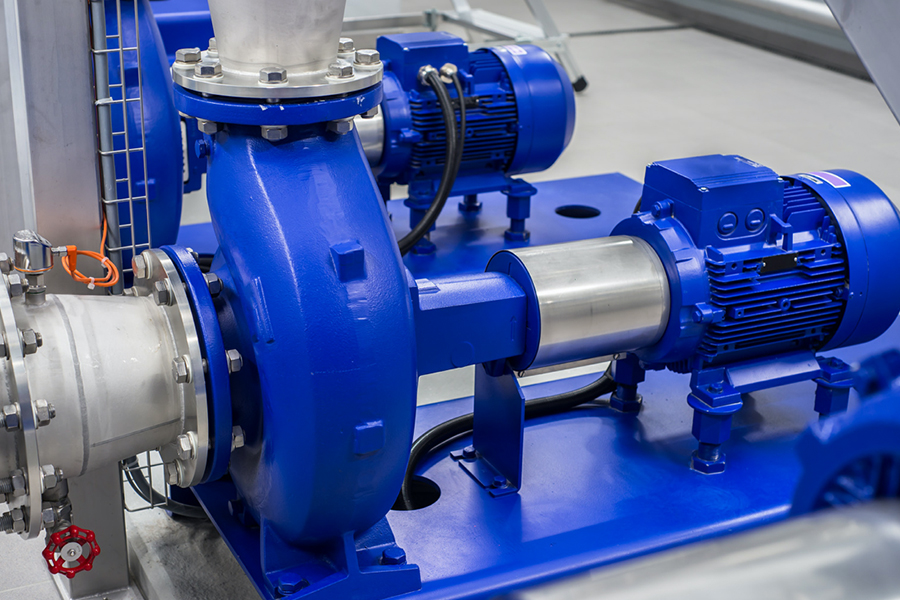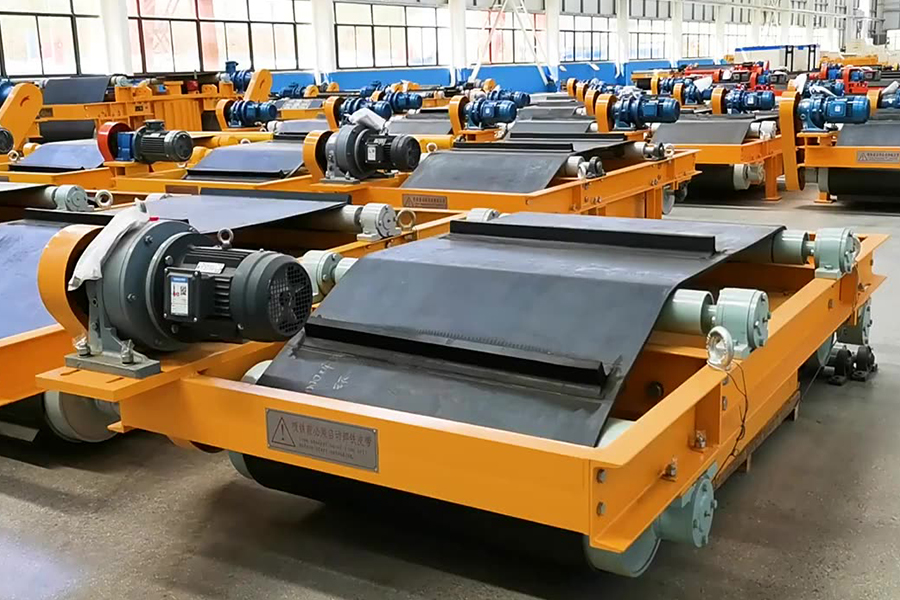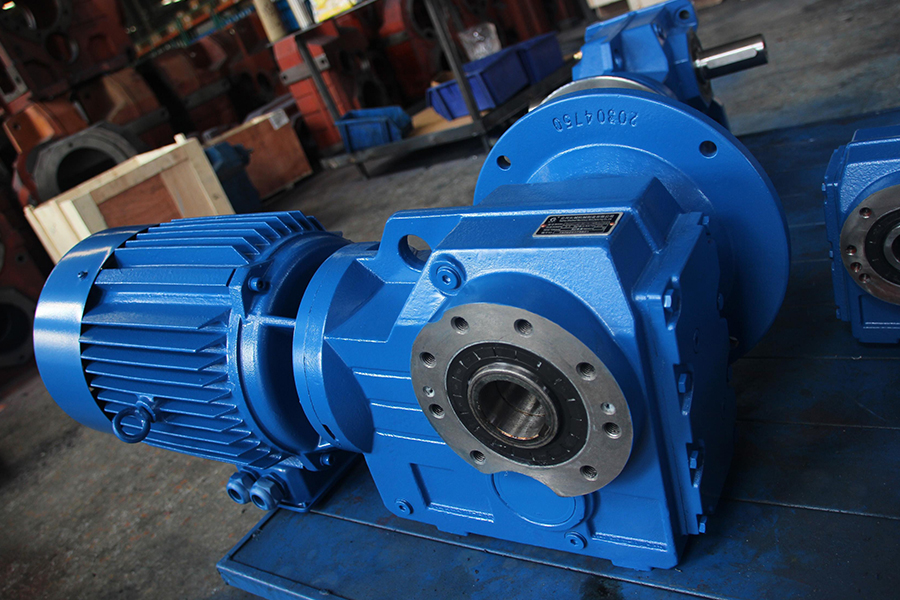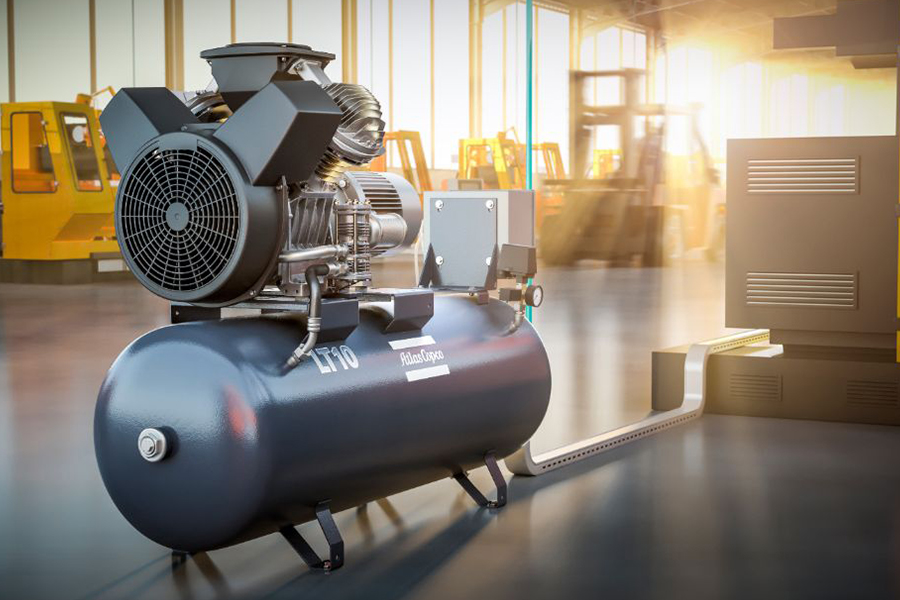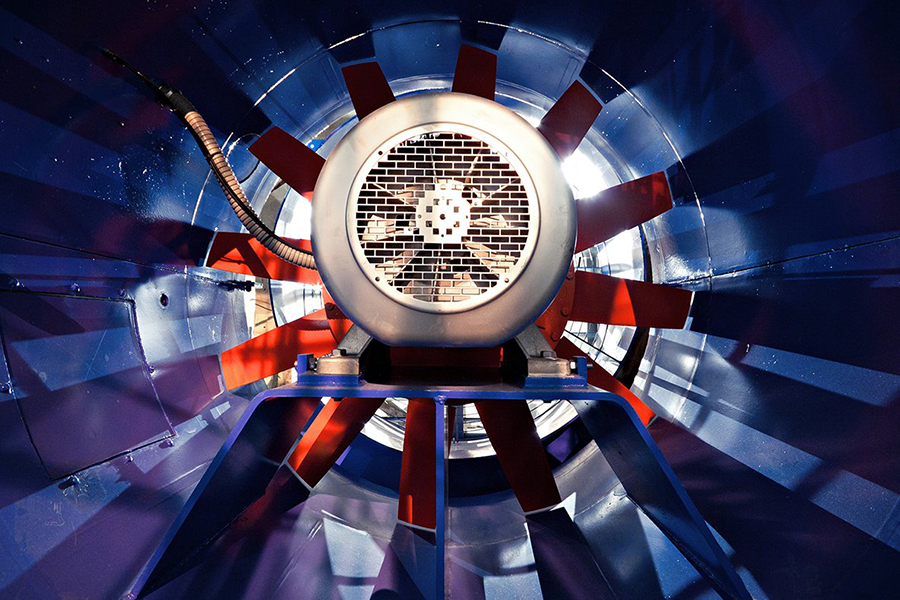The evolution of motor technology has been instrumental in driving various industries forward, enabling greater efficiency, precision, and reliability in countless applications. Among the array of motors available, single-phase asynchronous motors and electromagnetic brake stepper motors stand out for their unique characteristics and diverse functionalities.
Single Phase Asynchronous Motors:
Single-phase asynchronous motors, also known as induction motors, are widely used due to their simplicity, robustness, and cost-effectiveness. These motors are ubiquitous in household appliances, industrial machinery, and commercial equipment. Their operation relies on electromagnetic induction, wherein alternating current (AC) creates a rotating magnetic field, inducing currents in the rotor to produce motion.
One notable feature of single-phase asynchronous motors is their ability to operate with only one power phase, making them suitable for applications where three-phase power is unavailable or impractical. Despite their simplicity, advancements in design and materials have enhanced their efficiency and performance over the years. Improved winding techniques, better insulation materials, and optimized rotor designs have led to higher power densities and lower energy consumption.
Furthermore, the integration of variable frequency drives (VFDs) has enabled precise speed control and improved energy efficiency in single-phase asynchronous motors. By adjusting the frequency and voltage of the input power, VFDs allow for smooth acceleration, deceleration, and speed regulation, making these motors adaptable to a wide range of applications.
Electromagnetic Brake Stepper Motors:
Electromagnetic brake stepper motors combine the precise positioning capabilities of stepper motors with the added functionality of an integrated electromagnetic brake. Stepper motors operate by dividing a full rotation into a series of steps, providing accurate control over position and speed. However, traditional stepper motors lack the ability to hold their position when power is removed, which can be a critical requirement in many applications.
The addition of an electromagnetic brake addresses this limitation by mechanically locking the rotor in place when power is cut off, ensuring precise positioning and preventing unintended motion. This feature is particularly valuable in applications such as CNC machines, robotics, and printing equipment, where positional accuracy and stability are paramount.
Advancements in electromagnetic brake stepper motors have focused on enhancing performance, reliability, and integration capabilities. Modern designs utilize advanced materials for improved brake performance and durability, while innovative control algorithms ensure smooth and precise operation across a wide range of operating conditions.
Furthermore, integration with digital control systems and communication protocols enables seamless integration into automated systems, allowing for remote monitoring, diagnostics, and control. These advancements have expanded the range of applications for electromagnetic brake stepper motors, making them indispensable in demanding industrial environments.
In conclusion, the continuous advancement of single-phase asynchronous motors and electromagnetic brake stepper motors has revolutionized various industries, driving innovation and efficiency across diverse applications. From the simplicity and versatility of single-phase asynchronous motors to the precision and reliability of electromagnetic brake stepper motors, these technologies play a crucial role in powering the modern world. As research and development efforts continue, we can expect further enhancements in performance, efficiency, and integration, paving the way for even greater advancements in motor technology.
Looking ahead, research into single-phase asynchronous motors focuses on improving efficiency through advanced control algorithms and materials engineering. Efforts are underway to reduce losses, and small noise, and enhance reliability, further expanding their applicability in renewable energy systems, electric vehicles, and smart grid infrastructure.
Similarly, electromagnetic brake stepper motors are poised for continued innovation, with ongoing developments in compactness, torque density, and dynamic response. Emerging trends include the integration of sensorless feedback mechanisms, enabling closed-loop control without the need for external position sensors, thereby simplifying system design and reducing costs.

 English
English 中文简体
中文简体 عربى
عربى



